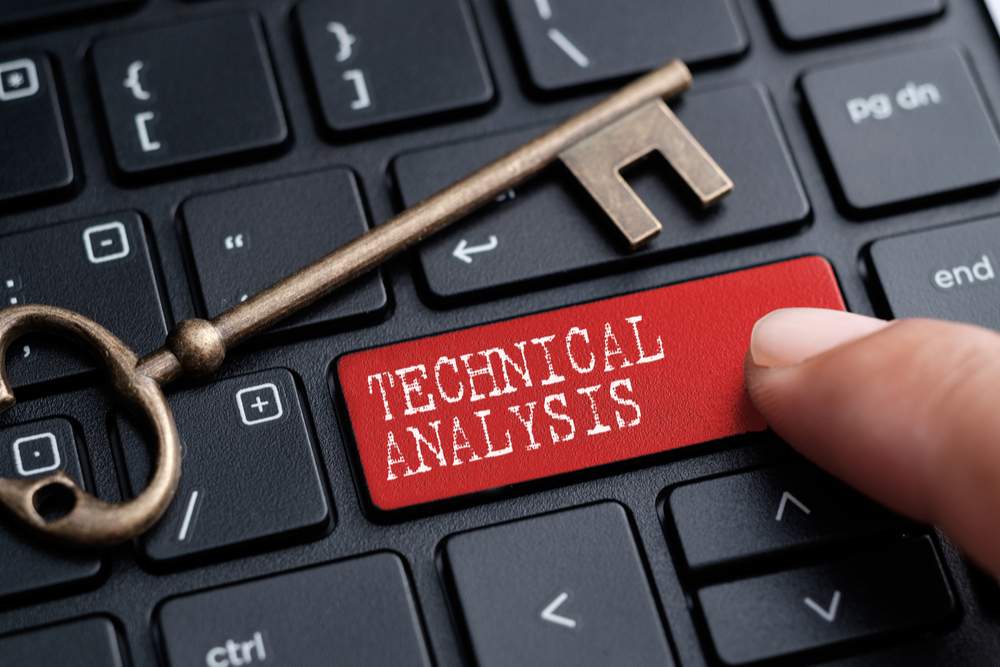What You Need to Know about Technical Analysis

Technical analysis is a method used to forecast future financial price movements based on a careful study of past price movements. The method uses a wide variety of charts that show price over time and involves a statistical analysis of price and volume. Many traders rely on a solid technical analysis for making trades. Any security with historical trading data can be viewed analytically, but the practice is more prevalent in commodities and Forex markets where traders focus on short-term price movements.
Key assumptions of technical analysis
Technical analysis is applicable to securities where the price is influenced only by the forces of supply and demand and does not work well when other forces can influence its price.
Therefore, professional analysts generally use the methodology under 3 key assumptions:
Stocks with high liquidity enable investors to trade quickly and easily, without dramatically changing the price of the stock. On the other hand, the price of low liquidity stocks can be more easily manipulated by individual investors.
Splits, dividends, and distributions can change the price artificially, which can affect the price chart and make technical analysis difficult to apply.
Technical analysis is not useful in times of unexpected events such as political instability, terrorist acts or wars.
Technical analysis focuses on statistical trends such as price movements and volume to give traders a mathematically defined picture of future trading opportunities. Thus, it examines relative strength index, business and stock market cycles, moving averages, regressions, inter-market and intra-market price correlations. It contrasts with which measures the asset value studying the global economy, political events, industry trends, financial conditions of companies.
Even though technical approach is criticized by many traders and considered less efficient than fundamental one, it may work out for short-term investments, day or swing trading. Both analyses may complement each other and be more effective together for trading strategies.
What is it based on?
Technical analysis is based on the Theorems of Charles Dow of which the three most important are:
- The current price reflects all the information; therefore, price represents the fair value that can inform our analysis. The information and value represented in the price can help analysts make assumptions and predictions for the future of the price.
- Prices movements are not totally random rather there are periods of randomness followed by periods of high predictability. This can help the analyst spot trends in the prices.
- The current price and its history are more important than the reasons that lead to those specific prices. Analysts assume, as we already mentioned, that the price is the end result of the battle between the forces of supply and demand.
Conclusion
Technical analysis is an analytical method that uses current and past prices of securities, stocks, currencies and other data to predict future prices and therefore assists investors in making investment decisions. The principles and assumptions of technical analysis are universally applicable and can be performed using the same theoretical background on any asset.
Boundless trading with R1Investing
Technical indicators may help to boost your trading. So, R1Investing offers an advanced platform MT4 for all traders to take advantage of technical analysis and forecast future price movements. Not only it helps to enhance trading strategies, but also brings you more confidence because you can analyze markets of any level of complexity.
R1Investing traders can use available tools up to the limit along with millions of other investors who consider MT4 the most powerful platform for online investments. Plus, the platform guarantees:

